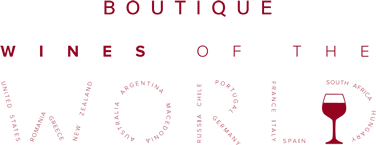Line
Jerez has been a centre of viniculture since wine-making was introduced to Spain by the Phoenicians in 1100 BC. The practice was carried on by the Romans when they took control of Iberia around 200 BC. The Moors conquered the region in AD 711 and introduced distillation, which led to the development of brandy and fortified wine. During the Moorish period, the town was called Sherish from which both Sherry and Jerez are derived. Wines similar in style to Sherry have traditionally been made in the city of Shiraz in mid-southern Iran, but it is thought that the name derives from there.
Style
Solid style. Sherry wine became very popular in Great Britain, especially after Francis Drake sacked Cadiz in 1587. Dashed style. Sherry wine became very popular in Great Britain, especially after Francis Drake sacked Cadiz in 1587. Dotted style. Sherry wine became very popular in Great Britain, especially after Francis Drake sacked Cadiz in 1587.Custom color pick
Red. Drake helped to popularize Sherry in the British Isles.Cyanic. Drake helped to popularize Sherry in the British Isles.
Green. Drake helped to popularize Sherry in the British Isles.Alignment
Align left. Today, Sherry’s official status is further recognized by wider EU legislation. Sherry must come from the triangular area of the province of Cádiz between Jerez de la Frontera, Sanlúcar de Barrameda, and El Puerto de Santa María.Align center. Today, Sherry’s official status is further recognized by wider EU legislation. Sherry must come from the triangular area of the province of Cádiz between Jerez de la Frontera, Sanlúcar de Barrameda, and El Puerto de Santa María.
Align right. Today, Sherry’s official status is further recognized by wider EU legislation. Sherry must come from the triangular area of the province of Cádiz between Jerez de la Frontera, Sanlúcar de Barrameda, and El Puerto de Santa María.
